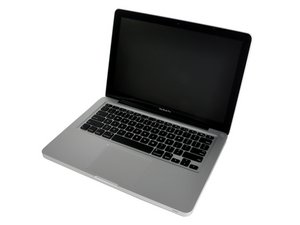A new internal drive normally ships unformatted. Unless the operating system on the old boot drive posts a dialog box offering to format the unrecognized drive, the computer doesn't "detect" anything because there isn't anything the operating system can speak to yet.
Of course, if the way you installed this SSD was to remove the previous internal HD and install the SSD in its place, without formatting the new SSD and installing a bootable operating system first, then there's no operating system or formatting utility at all.
What steps have you already taken? If you can give us a detailed list of the things you've already done, in order, it will be easier to determine where the problem is.
A common technique to replace an internal boot HD with an SSD would be to:
- attach the SSD as an external drive first through USB/FireWire/ Thunderbolt
- use Disk Utility to format the SSD
- clone the operating system+user data from the internal HD to the external SSD using Disk Utility, SuperDuper! or Carbon Copy Cloner (you can also do a clean operating system install by downloading an installer from the App Store and installing it on the new drive)
- then open up the computer and swap the drives
That way, once you restart the reassembled computer, you can at least be sure that there's a drive with a bootable operating system available. If you're following the technique I've outlined, it's wise to try booting from the new external SSD before installing it internally, just to make sure the computer recognizes the drive as bootable.


 2
2  2
2  1
1 







1 Comment
What was the second drive? Were you having any problems with the original drive?
by mayer